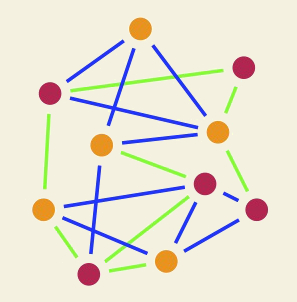No 'Best' Shakuhachi
One of the most humbling and interesting things about shakuhachi is that there’s no single one which can 'have it all'; there's no 'best'. Each design choice and every shakuhachi type will have its strengths and weaknesses. We simple must choose what we prefer or need at any given time.
While some "cutting-edge" modern Jiari/Jinuri, "cast-bore", and metal shakuhachi may seem to claim to be "optimized" with no mention of any compromises, all design choices are compromises. This is because each attribute is connected. What this means is that when we boost one aspect of a shakuhachi we're always detracting from another. It's like tugging on a loose thread in a piece of cloth; one thing is connected to all the others.

Knowing this, we can rest assured there's no such thing as a "perfect shakuhachi", overall. Rather, there are simply shakuhachi which are ideal for certain situations or tastes. In other words, it's largely subjective. For instance, some people enjoy old style shakuhachi that sacrifice total volume for a more gentle sound that's more "rustic". Such shakuhachi would be a great choice for solo playing, especially for a classical experience. However, they would clearly be a poor choice to play alongside a loud modern Piano.
I hope you can begin to see how all of the attributes of shakuhachi are intertwined. As such, some things must be diminished or lost in the pursuit of others. In the end, all shakuhachi are balanced differently with their own strengths and weaknesses. Hopefully we can find what we need or enjoy. Personally, I’m glad that there’s so much variety with the shakuhachi and that no single one can truly ever be ‘the best’.
➤ Visit my shakuhachi for sale page to see what's available.
Below you'll find additional useful reading:
- Shakuhachi buying guide - how to buy shakuhachi
Including insight into shakuhachi prices or value. - Types of shakuhachi; Jinashi and Jimori vs. Jiari/Jinuri and 'cast-bores'
- The Shakuhachi
All about the essence of the shakuhachi or what sets it apart from other flutes. - Japanese Madaké Bamboo for Shakuhachi
All about Japanese Madaké bamboo for shakuhachi. - Shakuhachi bore sizes: wide, medium, and narrow - a ratio of volume to length
- Traditional tapered shakuhachi bores vs. cylindrical bore flutes, such as pvc.